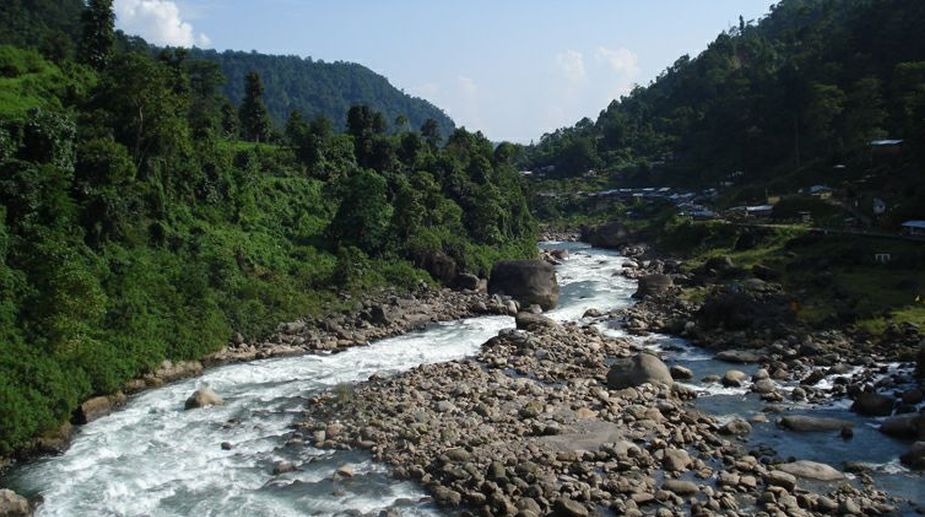Apple plants to boost economy of Kinnaur farmers
By planting over 39,000 plants, mostly apple, the Solan-based Dr YS Parmar University of Horticulture and Forestry (UHF) is aiming…

(Photo: Facebook)
The biodiversity hotspot of the Dooars has a magical hold not only on travel bugs but also reputed authors and writers across the country.
Take the case of New Delhi’s Nidhi Dalmia, the author of the classic, Harpand an alumnus of St Stephen’s College, New Delhi. He is a post graduate from Oxford University who cherishes fond memories of visiting the national parks and wildlife sanctuaries of the Dooars. His book Harp, which was published in August, last year, is set in the 60s and focuses on love, passion and sacrifice.
Advertisement
The writer hails from one of the oldest industrialist families of India. Way back in 1994, it was a chance encounter for the writer to visit Garumara National Park and Jaldapara National Park in the Dooars.
Advertisement
Dalmia, writer and an avid traveller, said, “On our way back from Sikkim, I headed to the Dooars in the sub-Himalayan region of North Bengal as that was an experience not to be missed. The fragrance of lush bushes, the wide banyan trees, grasses, sound of insects and the floral diversity was unique. Though I was not aware of the botanical identity of the flora but it hardly made any difference and moreover, it was the experience that counted. I could feel the destination that had its own sense of place. It was clear that I had come to visit a one-of-a-kind destination resting between snow-capped peaks and alluvial plains.”
Dalmia went on to narrate that the thrill of visiting the Dooars was mesmerising. He said, “At Dooars, one feels the proximity of the Himalayas. But it was not only the Himalayas, a land away from the hustle and bustle of the city life of Siliguri that is significant for our country.Though it felt humid, the temperature was far from the scorching heat. But it was definitely a paradise of peace quite unlike the image of a crowded Bengal destination. Dooars implies dwar in Sanskrit and this forms the gateway to a destination that is well worth visiting on its own and should not be treated as a halting place or a stopover.”
The writer encountered a number of ethnic groups during his visit to the Dooars. Dalmia said, “The Dooars is a melting pot of culture with the bulk of the populace having Mongoloid features. The erstwhile kingdom of Cooch Behar is in the Dooars and there were kamtapuris and rajbanshis, the ethnic tribes of the place. The tea estates have a population of migrant workers.
There has been a major blending of different cultures and the ethnic groups lived peacefully in the Dooars.” The writer has plans to visit all the national parks and wildlife sanctuaries of the Dooars in future.
Dalmia said, “I had a brief stay in the Dooars that was quite memorable and it was only later that I realised it was a gem in its own right. But lot needs to be done to boost the destination and with better connectivity, there will be an increased number of travellers.”
Advertisement